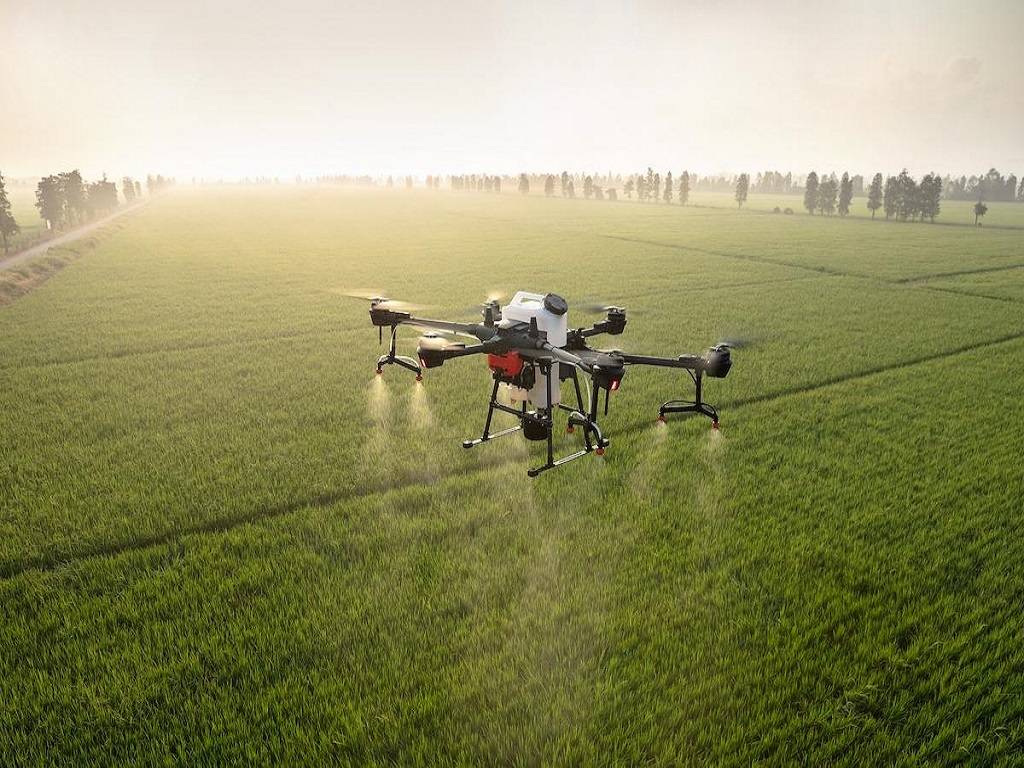
India's efforts to cut fertilizer imports this year will rely mostly on increased local urea output and decreased use of Di-ammonium Phosphate (DAP), while overall international purchases fell by 9% in 2021-22.
According to the most recent figures, total fertiliser imports fell to 175.36 lakh tonnes (lt) in the past fiscal year, down from a record 193.21 lt the year before. While imports of urea, muriate of potash (MOP), and complex (combination of N, P, and K) varieties decreased last year, overseas purchases of DAP climbed by nearly 12% to 54.62 lt.
"Because urea is completely controlled by the government, its import and consumption are largely dependent on availability," an industry official explained. "In the case of potash and phosphorous, the selling price of these two fertilisers determines consumption."
This year, the Gorakhpur facility is expected to start manufacturing urea at full capacity of 12.7 lt per year, while the Ramagundam plant in Telangana began full production last week (12.7 lt). If the Sindri (Jharkhand) and Barauni (Bihar) plants can start producing this year, they will add to the overall domestic production of roughly 251 lt (as per 2021-22 official estimates).
While the government boosted the subsidy on DAP twice last year (totaling an additional $20,491 crore), no equivalent increase was made for MOP, resulting in DAP being accessible at $1,200 per bag while MOP's maximum retail price jumped to $1,700 per bag.
Companies decreased purchases due to a drop in demand and higher pricing, according to the official, because the country is completely reliant on imported MOP. Only around 20% of DAP is manufactured in the United States, with the remainder imported.
According to sources, the government recently "agreed" to a small increase in DAP MRP this year to 1,350/bag by increasing the subsidy, but this has not been done in the case of MOP, where companies have been "asked" informally to sell at last year's rates despite a subsidy of $759/bag being approved. On April 27, the government announced that it would pay a subsidy of $2,501 per bag on DAP for the current Kharif season.
The global MOP price jumped to $590/tonne in March and is now over $600, compared to $273-280/tonne from April to November 2021. DAP is now $1,000-1,050 per tonne, up from $924 per tonne in March and $804 per tonne in November 2021. Fertilizer costs began to rise abnormally in October-November 2021. On the other hand, urea prices fell to $596/tonne in March from a high of $990 in December 2021, however industry sources say they have since risen to around $700.
India's fertiliser subsidy bill jumped from 79,529.68 crore in Budget Estimates to 1,40,122.32 crore in Revised Estimates for 2021-22 as a result of the worldwide price surge. The government has set the subsidy for FY23 at 1,05,222.32 crore, but a recent study by rating agency Crisil suggests it could rise to 1,65,000 crores.











